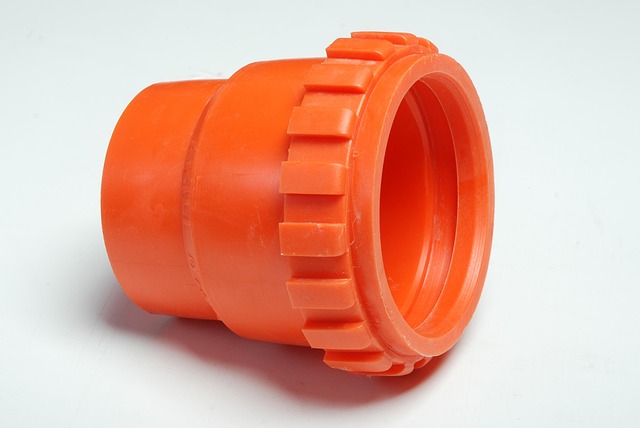Roof installation involves choosing from diverse types (pitched, flat, metal) and materials (asphalt shingles, metal panels, ceramic tiles) based on aesthetics, durability, maintenance, and cost. A professional install ensures protection from elements, comfort, safety, and energy efficiency by using specialized tools and techniques. The process includes inspection, removal of old roofs, preparation, underlayment installation, placement of chosen materials, and final inspection meeting safety standards. When selecting a roofing company, prioritize experience, reputation, comprehensive services, licensing, and insurance. High-quality roof installation prevents water damage, improves energy efficiency, increases property value, and offers long-term peace of mind. Regular maintenance is crucial after installation to extend the lifespan of the roof. Modern materials and advanced techniques offer enhanced protection and aesthetics, including solar tiles, metal roofing, and smart shingles.
Roof Installation services are a crucial aspect of any property’s maintenance, offering protection from the elements while enhancing curb appeal. This comprehensive guide explores various facets of roof installation, from understanding different roof types and materials to selecting the right company and benefits of high-quality work. We delve into the installation process, common problems, maintenance tips, and modern innovations, empowering homeowners to make informed decisions for their roofing needs.
Understanding Roof Installation: Types of Roofs and Materials
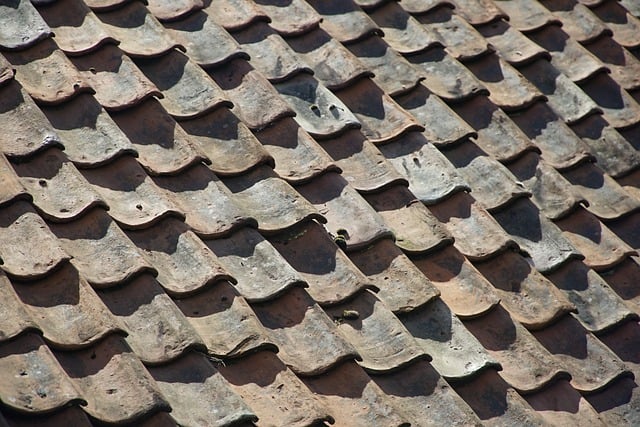
Roof installation is a multifaceted process that requires expertise in various types and materials. Understanding the different options available is key to making an informed decision for your property’s protective barrier. There are primarily three main types of roofs: pitched, flat, and metal. Pitched roofs, characterized by their angled design, offer traditional aesthetics and effective drainage. Flat roofs, while more modern, require specific materials that can withstand environmental pressures like heavy rain or snow. Metal roofs have gained popularity for their durability, energy efficiency, and low maintenance requirements.
When it comes to materials, the choices are equally diverse. Asphalt shingles top the list as a popular option due to their affordability and ease of installation. They offer a wide range of styles and colors, suitable for various architectural designs. Metal panels provide superior strength and longevity, ideal for harsh climates. Ceramic or clay tiles, though more expensive, add a touch of elegance and can last for decades with proper care. Wood shakes and shingles exude a rustic charm but necessitate regular maintenance to prevent rot and insect damage.
The Importance of Professional Roof Installation Services
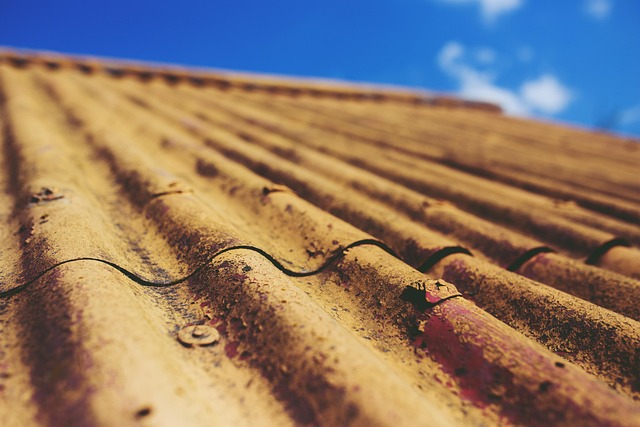
A roof is a home’s first line of defense against the elements, and its proper installation is paramount to ensuring comfort, safety, and energy efficiency. Professional Roof Installation services bring expertise and experience to bear, guaranteeing that every aspect of the process—from material selection to precise placement—meets industry standards and your specific needs.
Contrasting DIY efforts or subpar installations, professionals employ specialized tools and techniques, ensuring a durable seal that prevents leaks and moisture damage. They also consider local climate patterns and building codes, selecting materials suited for longevity and performance. This investment pays off in the long run, safeguarding your home’s value and protecting you from costly repairs down the line.
Steps Involved in Roof Installation Process
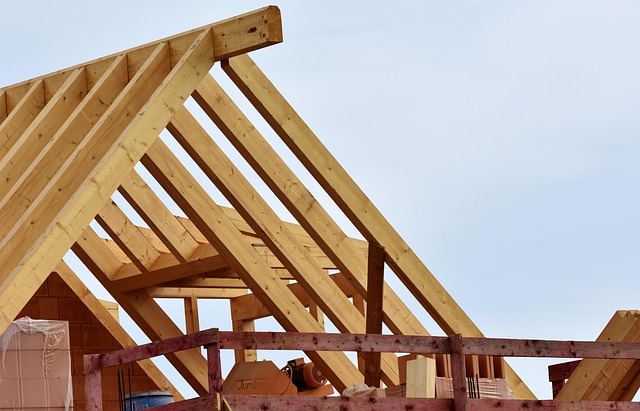
The roof installation process involves several critical steps, ensuring a durable and weather-resistant barrier for your home or building. It begins with a thorough inspection to assess the structure’s condition and determine the best suitable roofing materials. This initial phase is crucial as it sets the foundation for the entire project. Once approved, the old roof is carefully removed, taking care not to damage the underlying structure.
After preparing the surface, new roofing materials are installed, starting with a layer of underlayment to provide an extra barrier against moisture and temperature fluctuations. Then, depending on the chosen material—shingles, tiles, or metal—each component is meticulously placed, ensuring proper overlap and secure fastening. This step requires skill and precision to maintain the integrity of the roof’s structure. Finally, a thorough inspection is conducted to guarantee the new roof meets safety standards and offers optimal protection against the elements.
Choosing the Right Roofing Company: Factors to Consider
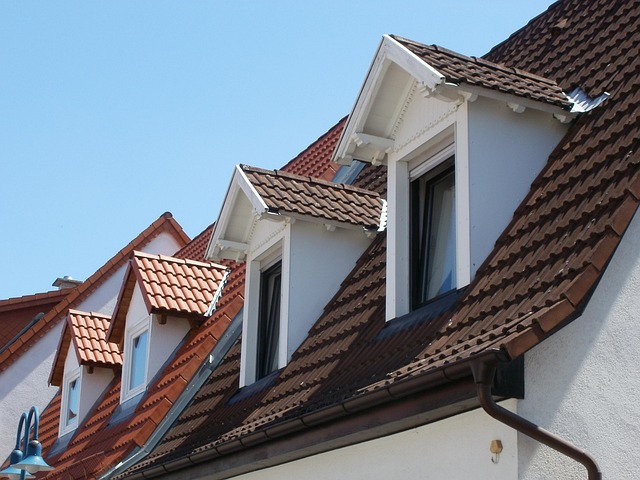
When choosing a roofing company for your roof installation, several key factors come into play. Firstly, consider their experience and reputation; opt for professionals with a proven track record in your area. Check online reviews and ask for references to gauge customer satisfaction levels. The expertise of the company is vital as it ensures the quality of workmanship and the use of suitable materials for your specific roof type.
Secondly, ensure they offer a range of services beyond installation, including maintenance and repairs. A comprehensive service package guarantees long-term protection for your roof. Also, verify their licensing and insurance to protect yourself from potential legal issues or financial risks. By taking these considerations into account, you can select a reliable roofing company that provides top-notch roof installation services.
Benefits of High-Quality Roof Installation

Investing in high-quality roof installation offers numerous advantages that extend far beyond aesthetics. A robust, well-installed roof acts as a protective barrier against harsh weather conditions, including heavy rain, snow, and strong winds, ensuring your home remains secure. It prevents water damage, which can lead to costly repairs and even health hazards, by effectively channeling rainwater away from the structure.
Moreover, modern roofing materials come with advanced insulation properties, contributing to improved energy efficiency in your home. This means lower heating and cooling bills throughout the year. Additionally, a premium roof installation can enhance the overall value of your property, making it more attractive to potential buyers if you ever decide to sell. Its longevity ensures peace of mind, as you won’t have to frequently worry about repairs or replacements.
Common Roof Problems and When to Call for Installation

Roofs are a critical component of any structure, taking a beating from the elements and ensuring the safety and integrity of your home or building. Over time, various issues can arise, indicating the need for professional roof installation services. Common problems include leaks, often caused by damaged or missing shingles, old flashing, or misaligned components. Debris buildup, particularly after storms, is another frequent concern that can compromise the roof’s protective barrier.
Additionally, structural damage from extreme weather conditions, such as strong winds or heavy snowfall, may necessitate roof installation. If you notice persistent water stains, sagging ceilings, or uneven flooring, these could be signs of significant roof damage. Timely intervention is crucial; waiting until major problems surface can lead to costly repairs and potential safety hazards. Therefore, homeowners should promptly consult with roofing professionals for evaluations, especially when observing any of these indicators, ensuring a secure and durable roof installation.
Maintenance Tips for New roofs: Ensuring Longevity
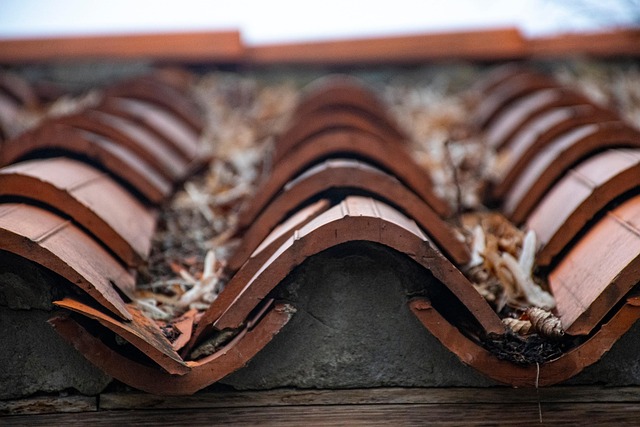
After a new roof installation, proper maintenance is key to ensuring its longevity and optimal performance. Regular inspection is the first step; look for any signs of damage, leaks, or loose shingles. Addressing issues promptly prevents minor problems from escalating into costly repairs.
During maintenance, clean gutters and downspouts to prevent clogs that can lead to water damage. Inspect flashing around vents and chimneys, ensuring it’s secure and sealed to keep out moisture. Additionally, applying a protective coating or sealant can shield the roof from UV rays and extreme weather conditions, extending its lifespan.
Modern Innovations in Roof Installation Technology

The landscape of roof installation services has been transformed by modern innovations, offering homeowners and businesses alike a plethora of options. Advanced materials such as energy-efficient solar tiles, high-durability metal roofing, and smart shingles that integrate technology for better performance are now readily available. These advancements not only enhance the aesthetic appeal of structures but also provide long-lasting protection against harsh weather conditions.
Moreover, contemporary installation techniques have introduced precision and speed to the process. Drone surveillance and 3D modeling enable contractors to assess roofs more accurately, plan installations efficiently, and identify potential issues before they become costly problems. These innovations streamline projects, reduce waste, and ensure a more seamless experience for property owners seeking reliable roof installation services.
